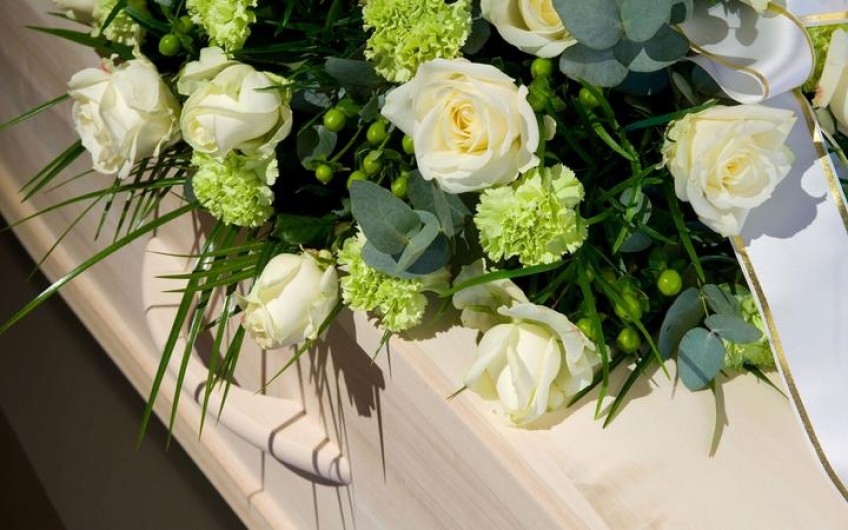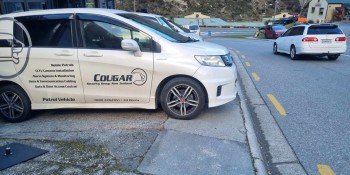Unknown miner laid to rest in Otago 140 years after his death

A funeral for an unknown Central Otago gold miner was held this morning.
The miner's remains were discovered buried near Cromwell in 1983, during archaeological work ahead of construction of the Clyde Dam and highway.
They've been housed at Otago University's anatomy department ever since.
But this morning, in a nod to his era, his coffin will be carried though Old Cromwell by a horse-drawn hearse to Cromwell Cemetery, where the miner will be given a final resting place more than 140 years after his death.
The funeral was held at 11.30am and the public were welcome to attend the service, which would also livestreamed to the Affinity Funerals website.
The miner was believed to be one of the thousands who went to Central Otago during the late 1800s gold rush.
"We're proud to be able to bring home the gold miner to Central Otago and lay to rest a man who has become a symbol for the community of all the gold miners whose lives were lost during the gold rush period," funeral director Lynley Claridge said.
"This is an important event for all of us who live in Central Otago against the backdrop of the goldfields, with everything they brought and took away from our community.
"We've heard from many locals whose relatives were lost during those hard times, and for whatever reason, didn't have the burial they deserved. We hope tomorrow's memorial service for this gold miner can provide a sense of solace and closure for the many families who lost loved ones during that time."
After decades at Otago University, bio-archaeologist professor Hallie Buckley, honorary research fellow Dr Peter Petchey, and Dr Neville Ritchie, who originally discovered the remains, had been researching the history of the man.
All three were pallbearers at the service.
Buckley said the work was a team effort by archaeologists here and in the UK.
"This has been a significant multi-national project and, with the advances in bioarchaeolgical and archaeological methodology, a more nuanced and detailed study of the individual became possible. But we're now at a place where we've told as much of his story as we can and we're very pleased to be able to have him safely re-interred."





















